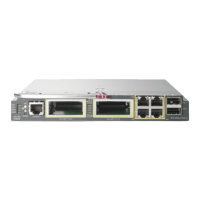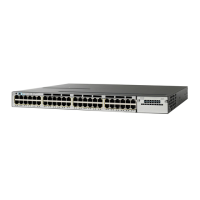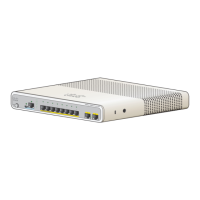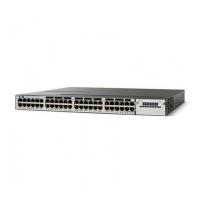Restrictions for Configuring Access Point Groups, on page 78
Restrictions for Configuring Access Point Groups
•
Suppose that the interface mapping for a WLAN in the AP group table is the same as the WLAN interface.
If the WLAN interface is changed, the interface mapping for the WLAN in the AP group table also
changes to the new WLAN interface.
Suppose that the interface mapping for a WLAN in the AP group table is different from the one defined
for the WLAN. If the WLAN interface is changed, then the interface mapping for the WLAN in the AP
group table does not change to the new WLAN interface.
•
If you clear the configuration on the switch, all of the access point groups disappear except for the default
access point group “default-group,” which is created automatically.
•
The default access point group can have up to 16 WLANs associated with it. The WLAN IDs for the
default access point group must be less than or equal to 16. If a WLAN with an ID greater than 16 is
created in the default access point group, the WLAN SSID will not be broadcasted. All WLAN IDs in
the default access point group must have an ID that is less than or equal to 16. WLANs with IDs greater
than 16 can be assigned to custom access point groups.
Related Topics
Information About Access Point Groups, on page 78
Prerequisites for Configuring AP Groups, on page 77
Information About Access Point Groups
After you create up to 512 WLANs on the switch, you can selectively publish them (using access point groups)
to different access points to better manage your wireless network. In a typical deployment, all users on a
WLAN are mapped to a single interface on the switch. Therefore, all users that are associated with that WLAN
are on the same subnet or VLAN. However, you can choose to distribute the load among several interfaces
or to a group of users based on specific criteria such as individual departments (such as Marketing) by creating
access point groups. Additionally, these access point groups can be configured in separate VLANs to simplify
network administration.
Related Topics
Creating Access Point Groups, on page 79
Viewing Access Point Group, on page 80
Assigning an Access Point to an AP Group, on page 80
Prerequisites for Configuring AP Groups, on page 77
Restrictions for Configuring Access Point Groups, on page 78
WLAN Configuration Guide, Cisco IOS XE Release 3E (Catalyst 3650 Switches)
78 OL-32353-01
Configuring Access Point Groups
Restrictions for Configuring Access Point Groups
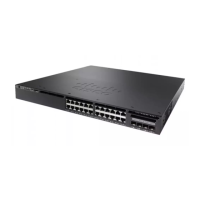
